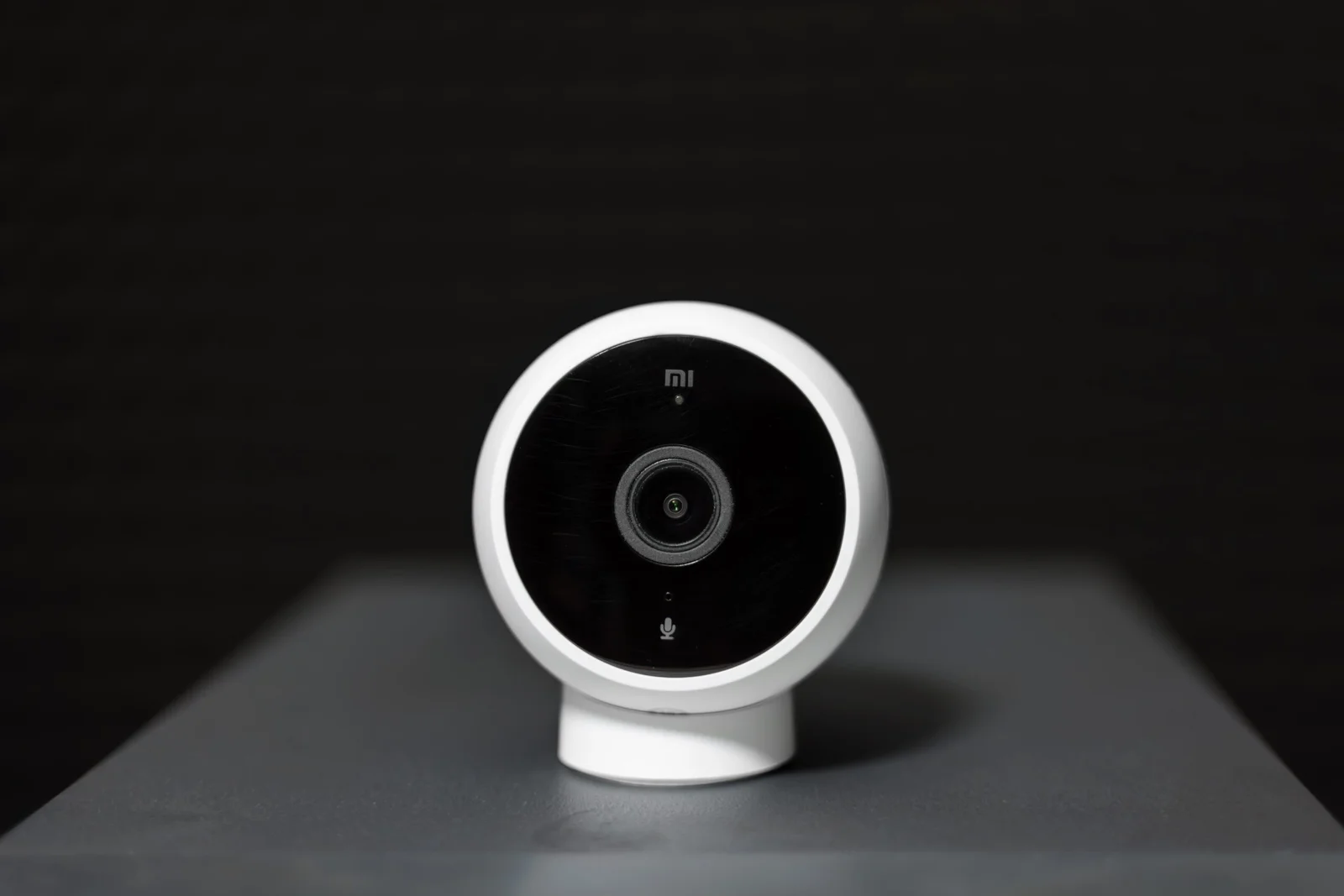
Introduction
In today’s digital age, remote work has become increasingly common. With the rise of video conferencing and virtual meetings, webcams have become an essential tool for professionals working from home. However, it is important to prioritize webcam security to protect your privacy and ensure a safe remote work environment. In this article, we will explore some best practices for webcam security during remote work.
1. Keep Your Webcam Software Up to Date
Regularly updating your webcam software is crucial for maintaining security. Manufacturers often release software updates that address vulnerabilities and enhance the overall security of the device. Make it a habit to check for updates and install them promptly to stay protected from potential threats.
2. Use Strong and Unique Passwords
Just like any other device or account, it is essential to use strong and unique passwords for your webcam. Avoid using common passwords or reusing passwords from other accounts. Opt for a combination of letters, numbers, and special characters to create a strong password that is difficult to guess. Consider using a password manager to securely store and generate unique passwords for all your devices and accounts.
3. Enable Two-Factor Authentication
Two-factor authentication (2FA) adds an extra layer of security to your webcam. By enabling 2FA, you will need to provide a second form of verification, such as a unique code sent to your mobile device, in addition to your password. This helps prevent unauthorized access to your webcam, even if your password is compromised.
4. Be Mindful of Webcam Privacy Settings
Most webcams come with privacy settings that allow you to control when the camera is active. It is important to familiarize yourself with these settings and adjust them according to your preferences. When not in use, consider disabling your webcam or covering it with a physical cover to ensure your privacy.
5. Be Cautious of Phishing Attempts
Phishing attempts are a common method used by hackers to gain unauthorized access to devices and accounts. Be cautious of suspicious emails, messages, or links that request access to your webcam or personal information. Avoid clicking on unknown links or providing sensitive information unless you are certain of the source’s authenticity.
6. Secure Your Home Network
Securing your home network is crucial for overall cybersecurity. Ensure that your Wi-Fi network is password protected and encrypted. Regularly update your router’s firmware and change the default login credentials to prevent unauthorized access. Consider using a virtual private network (VPN) for an added layer of security when accessing sensitive information or joining virtual meetings.
7. Regularly Scan for Malware
Malware can pose a significant threat to your webcam security. Regularly scan your computer for malware using reliable antivirus software. Keep your operating system and other software up to date to benefit from the latest security patches and enhancements.
8. Educate Yourself and Your Team
Education is key to maintaining webcam security. Stay informed about the latest security threats and best practices. Encourage your team members to follow webcam security practices and provide training if necessary. By fostering a culture of cybersecurity awareness, you can collectively contribute to a safer remote work environment.
Conclusion
Webcam security is of utmost importance in today’s remote work landscape. By following these best practices, you can protect your privacy, prevent unauthorized access, and ensure a secure remote work environment. Stay vigilant, stay informed, and prioritize webcam security to capture the moments of remote work without compromising your privacy.